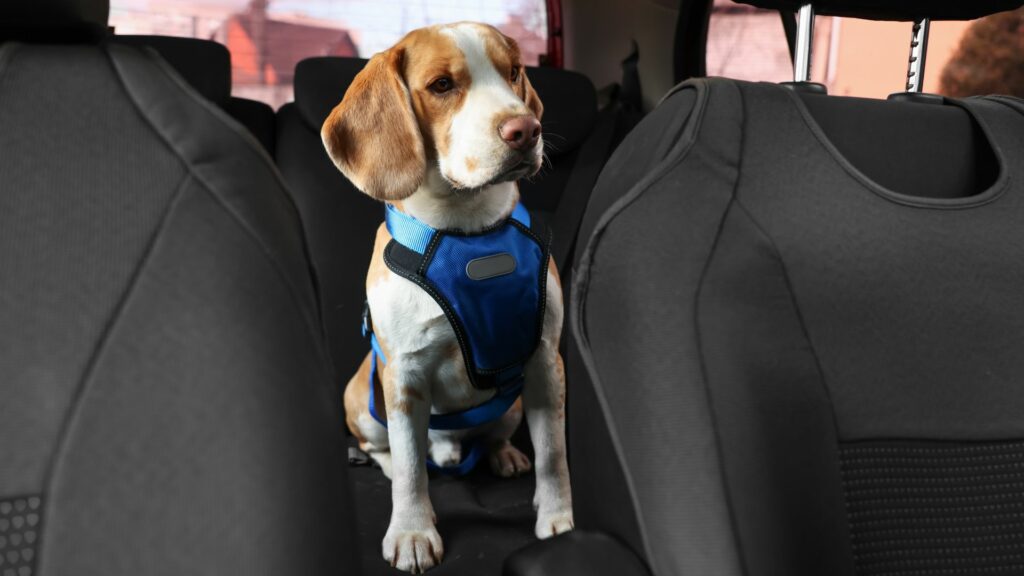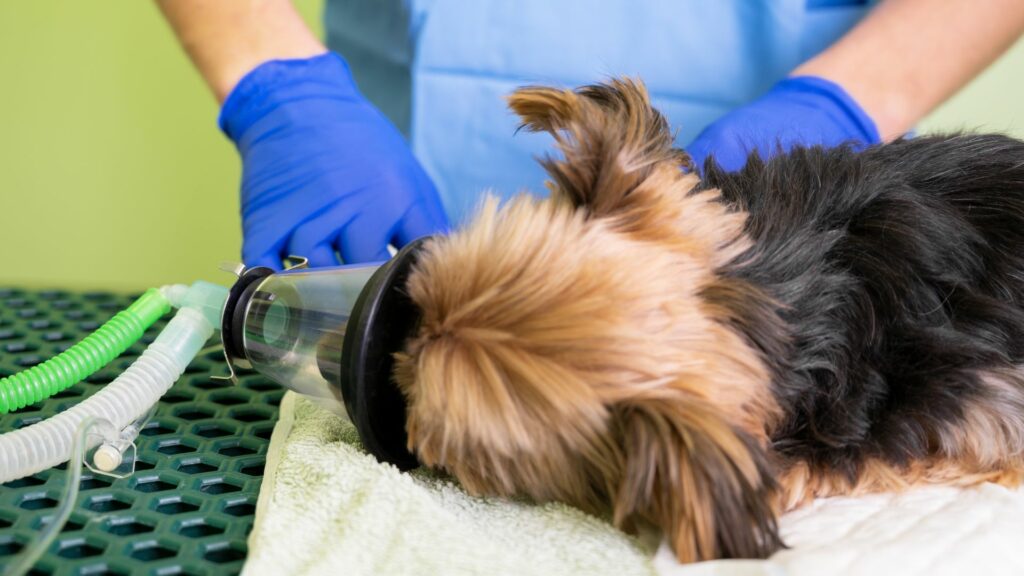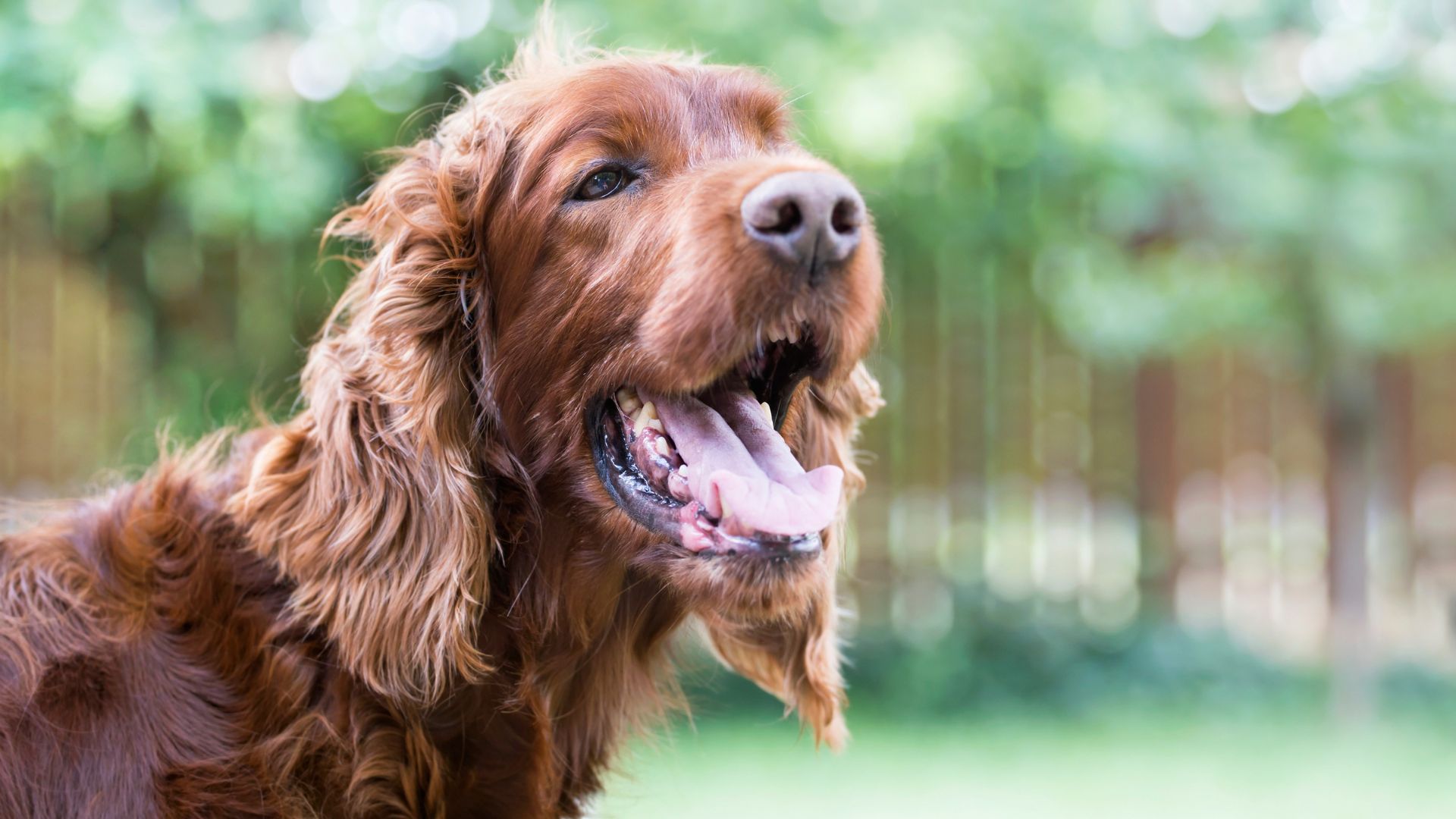Recognising and Preventing Heatstroke in Dogs and Cats
These days, our pets go everywhere with us. They exercise with us, take trips in the car and spend the day at the beach with the family. But unlike us, they’re more vulnerable to a serious and sometimes fatal condition—heatstroke.
As temperatures climb, heat-related illnesses in pets are becoming increasingly common. This is especially true for certain breeds and for animals living in urban ‘heat islands’ made of concrete and asphalt.
In this article, we look at how to spot the signs of this potentially deadly condition in cats and dogs and the best ways to keep your pets cool and safe in the hottest months of the year.
What is Heatstroke in Cats and Dogs?
Heatstroke in dogs and cats is a life-threatening condition. Heatstroke occurs due to prolonged exposure to heat, causing the body temperature to rise to dangerous levels where organ failure and even death can occur.
Humans have sweat glands all over our bodies to help us regulate our temperature. But cats and dogs only have a few around their paws and noses and rely on panting to cool themselves down when their core body temperature rises.
Dogs with thick or long coats are very susceptible to heatstroke (also known as heat stress or heat exhaustion) and it can happen very quickly. Although cat and dog heatstroke occurs more often during times of extreme heat, it can even occur when the weather is mild.
What Are The Symptoms of Heatstroke in Dogs and Cats
The signs of heatstroke in cats can be more subtle, but they are just as susceptible to heat stress as dogs. If you notice any of these early signs of heatstroke in cats or dogs, you should administer first aid and seek veterinary attention immediately.
- Excessive panting
- Dizziness
- Vomiting
- Bright red tongue
- Dark red or pale gums
- Weakness, lethargy or seizures
- Confused appearance or anxiety (e.g. pacing in cats)
- Muscle tremors
- Drooling
- Dry nose in dogs or bleeding from the nose in cats
What To Do if Your Pet Shows Signs of Heatstroke
If your pet is suffering from suspected heatstroke, you should have them checked by a vet immediately. Even if your pet seems to be recovering, it can be difficult to know if they have suffered any long-term effects like tissue damage. Your vet can help you treat dehydration and an elevated body temperature more effectively than you can at home.
But first, pet owners should act fast and follow these heatstroke first aid steps:
- Remove your pet from the hot environment to a cooler environment.
- If possible, use a fan or air conditioning to increase airflow.
- Spray or apply tepid or cool water onto your pet’s fur and skin. If they don’t react well to this, try wetting the area around them. Don’t use ice-cold water or ice baths.
- Offer them small sips of water, but don’t force them to drink.
- Seek veterinary care immediately.
What Causes Heatstroke in Cats and Dogs and How to Prevent It
Pets cannot cool themselves down like humans can. Here are some situations that can lead to heat exhaustion and what you can do to keep your pet safe.

Environmental Factors
When your pet’s temperature rises and they can’t cool themselves down, they can quickly begin to suffer from heatstroke. This might be from heat exposure during warm weather, being in a humid environment or being somewhere with inadequate ventilation.
Ensure your pet’s space is well-ventilated to help them lose heat by panting (evaporative cooling) and that they have access to ample shade at all times of the day. In warm climates or on extremely hot days, keep your pet cool with air conditioning, damp towels, cooling mats, ice packs or paddling pools.
Parked Cars
Never leave pets unattended in parked cars or other hot environments. Even on a relatively cool day and with the windows slightly open, a car is too hot for a pet, and inadequate ventilation can lead to heatstroke and death in a matter of minutes.
Dehydration
Dehydration can quickly lead to heatstroke. Always ensure your cat or dog has access to fresh, clean drinking water. Clean their water bowls frequently and ensure they are located somewhere shady. Some pets don’t like to, or forget to, drink water, so you may need to remind them on days with high temperatures.
You can also try providing multiple water sources or adding a small amount of flavour to their water bowls, like a few drops of tuna juice (from tuna canned in spring water).
Predisposed Dogs and Cats
Obesity in cats and dogs is also a heatstroke risk factor, as is their breed. Brachycephalic breeds (flat-faced breeds) like French bulldogs, pugs or Persian cats and those with thick coats or long-haired breeds can find it harder to stay cool. Pets with pre-existing medical conditions like heart problems or respiratory diseases can also be at higher risk of heatstroke.
Excessive Exercise
Dogs can be at risk for heatstroke when outside temperatures reach above 28°C, especially if it’s also humid. When temperatures exceed 30°C, you should take precautions against heatstroke. Never exercise your pet, young or old, during the hottest part of the day and avoid excessive exercise on hot days. This means no jogging and keeping walks short. Also, avoid areas with hot sand, concrete or asphalt that could burn your dog’s paws. Always test areas first by holding your hand on them for 5 seconds.
Why You Should Always See a Vet for Pet Heatstroke
If you suspect your pet has heatstroke, see a vet. Vets can assess the severity of heat stress and treat the pet to get its body temperature back into the normal range. They might use emergency cooling measures like cooling enemas, use intravenous fluids to restore hydration, supplement oxygen, medicate pets if required and can run tests to check organ function.

Sydney pet owners should contact Rossmore Veterinary Hospital on (02) 9606 6984 to treat heat exhaustion in pets or to learn more about summer safety for pets.
Frequently Asked Questions
How to prevent heatstroke in dogs?
Prevent heatstroke in dogs by never leaving them in cars, exercising them early in the morning or late in the evening and by providing them with cool, fresh water, ample shade and good ventilation.
What are the symptoms of heatstroke in dogs?
Excessive panting is the main symptom that indicates your dog is suffering from heatstroke, as panting is how your dog cools itself down. They may also vomit, have bright red or pale gums and be lethargic.
What are 5 ways to prevent heat stress in pets?
Prevent heat stroke in pets by bringing your cat or dog into the air con or under a fan, provide access to cool drinking water and shade, give them somewhere cool to lie or play like a cool mat or paddling pool, don’t exercise them when the temperature is over 28C and never leave them in the car—not even for a minute.
